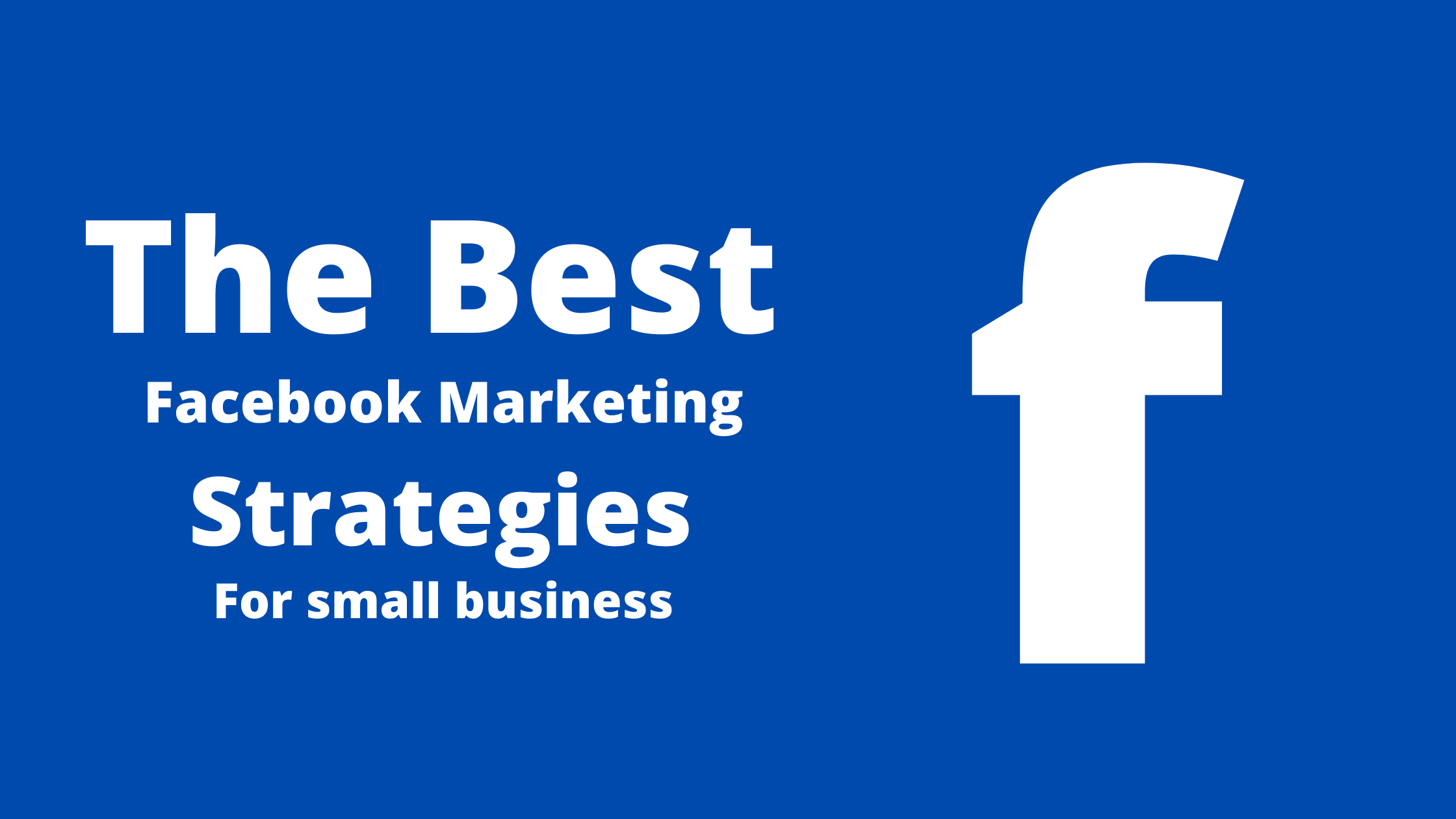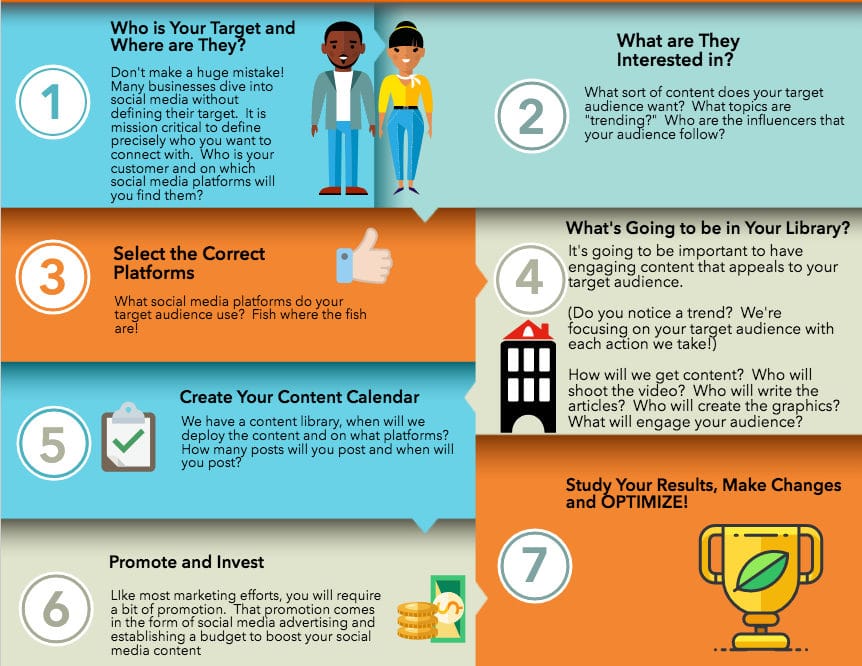
While many marketers recognize the relationship between native advertising (content marketing) and content marketing, do they believe there is causation? While native advertising can be effective in some cases, it can also be unhelpful, sales-oriented, or too focused on the brand itself. This is not always a good thing for advertisers and brands. That's why content marketing comes in. Joe Walsh says it's better to control your media and audience.
Costs of native advertising and content marketing
When comparing the costs of content marketing versus native advertising, a higher budget may not always be the best option. While both methods can be effective, they are not necessarily equivalent. Native advertising, on the other hand, can guarantee placement with major publishers. Content marketing has a greater ROI than native advertising. Both are expensive. You must weigh the advantages and disadvantages of each method before you make the right decision.
Paid advertising may be the best way to gauge the impact of content marketing efforts. Paid ads can provide increased organic traffic and a wide range of links. Native advertising, on the other hand, can be more expensive and cost thousands of dollars. HubSpot research shows that 93% companies with marketing budgets between $1 and $5 million practice inbound marketing. This strategy can provide a high ROI and minimal risk.

Advertisement
There are many similarities in native advertising and content marketing. The major difference is that native advertisements are more often called sponsored content than ads. This makes them more persuasive. Users respond favorably to messaging which follows editorial content. Contrary to content marketing, which is where ads are integrated into original content, Both strategies have their strengths and may work for one brand or company. If you're wondering which is better, consider these examples of native advertising and content marketing.
Native advertising has similar goals to content marketing. The main difference between native advertising and content marketing is that native content doesn't give publishers or brands full ownership, which reduces its potential for lasting value. These strategies are often interchangeable. Both strategies have important differences. One example is that the effectiveness of content-marketing depends on the audience it targets. If native content is relevant to your target audience, it can deliver a short-term boost that may not be enough for your brand.
Engagement metrics are better indicators of brand strength.
While pageviews are an easy metric to use, they are not always the best way to determine how successful a particular content marketing campaign is. Even though increasing pageviews will increase traffic, increased engagement does not always mean the content has improved. More detailed information about a campaign's effectiveness can be found in engagement metrics such as time spent on each page. Google Analytics or any other tracking tool can help you measure engagement.

Buyers in the digital age are reading content at their own pace. They also jump in and exit the buying cycle. This makes it difficult to determine the number of "qualified buyers" based on the number of actions they take on a specific piece of content. Engagement is a measure of how valuable the content is to your audience.
FAQ
What are the different content strategies?
Content strategy is a term that encompasses all aspects of the creation, management, distribution, measurement, optimization, and evaluation of content for digital channels. It encompasses more than what you post on social networks like Facebook and Twitter. It also includes what content you select to highlight on your blog, website, and other online properties.
Content strategy is important as it lets you know where your attention should go, what content you should use, how to communicate your messages to your audience, and which types of content you should use.
Understanding how content fits in with the overall business goals and objectives is key to helping you reach them.
How do I get started in Content Marketing?
Your audience is the first step. Who are they exactly? What are their needs? How can they be helped? Once you know who you're writing for, you can determine where to focus your efforts.
What's the main purpose of content marketing
Content marketing is about creating valuable and relevant content for customers. This can be done by various channels like email campaigns, whitepapers, or blog articles. The key is to deliver value to your audience.
Statistics
- An example of an overarching goal could be: "In 2022, we want to achieve a 20% increase in revenue created by organic content and generate 15,000 MQLs with a budget of $30,000." (semrush.com)
- Companies that use content marketing see approximately 30% higher growth rates than businesses not using it. (mailchimp.com)
- Progress indicators (0–100%) allow each team member to see how attainable each goal is and understand what remains to be accomplished. (semrush.com)
- Content marketing produces 3X more leads per dollar spent. Content marketing costs 62% less than traditional marketing. (criteo.com)
- Out of the 1,500 marketers we surveyed for our State of Content Marketing report, 78% who felt their content marketing strategy was exceptionally effective in 2021 had documented their strategy. (semrush.com)
- This marketing strategy landed Ford a 15.4% conversion rate. (neilpatel.com)
- To further show the importance of this, 89% of people have stopped doing business with a company because of a poor experience. (neilpatel.com)
- According to our research, brand awareness, attracting traffic, and generating leads remain the key content marketing goals in 2022. (semrush.com)
External Links
How To
How do I get started with content marketing?
For businesses to reach potential customers and create leads online, content marketing is a powerful tool. It helps you connect with prospective clients by providing helpful information on products and services.
Content marketing encourages trust among customers, which leads to increased sales conversions.
You can start by creating a blog. Blogs are easy to use and allow you post new articles frequently.
This allows people who have read your work to return often. To share information and news with your followers, you can use social media platforms like Twitter and Facebook.
YouTube can also be used to create videos. These videos can be used to educate your viewers about topics relevant to your business.
You can also create infographics with tools such as Canva. Infographics are visual representations that show data. They can be used to explain complex concepts and make it easier to absorb information.
The more consistent and frequent your posts, the better your chances of attracting new readers.